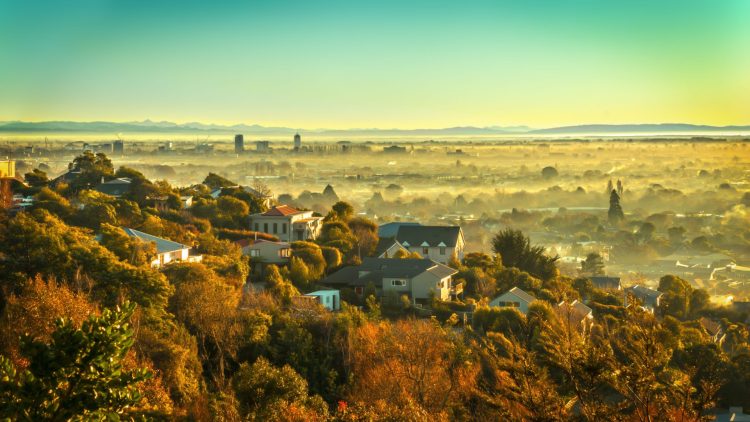クライストチャーチは、2025年に世界中の科学者、役人、指導者を迎え、大規模な気候変動会議を開催します。2年に1度開催される国連の適応未来会議は、2025年10月にクライストチャーチのテ・ペー・コンベンション・センターで開催されます。約1,500人の参加が見込まれています。
クライストチャーチ市長のフィル・モーガー氏は、特に地震からの復興後、クライストチャーチ市が適応してきた経験を指摘しました。このイベントでは、洪水、山火事、海面上昇などの気候変動の影響に備えることに焦点を当てます。
会議による二酸化炭素の影響を減らすため、太平洋、アフリカ、南米に地域拠点が設置されます。参加者はオンラインでも参加できます。カンタベリー大学は、地元の団体Ngāi TūāhuririとNgāi Tahuとともに、このイベントを開催します。
Te Rūnanga o Ngāi Tahuの議長であるリサ・トゥマハイは、気候変動に関する議論に先住民の声を取り入れることの重要性を強調した。この会議では、西洋科学と並んでマオリの知識が果たす役割が強調される。
カンタベリー大学の研究者であるブロンウィン・ヘイワードは、このイベントがニュージーランドにもたらす意義を強調し、地域社会の参加を促しました。気候変動という課題はあるものの、革新的なアイデアが提示されたおかげで、ヘイワードはこうした会合が活気にあふれていると感じています。
イベントの環境への影響を減らすため、主催者は旅行による排出量を削減するために、地域のハブとオンライン参加による低炭素アプローチを計画しています
。


















































-360x245.jpg)









